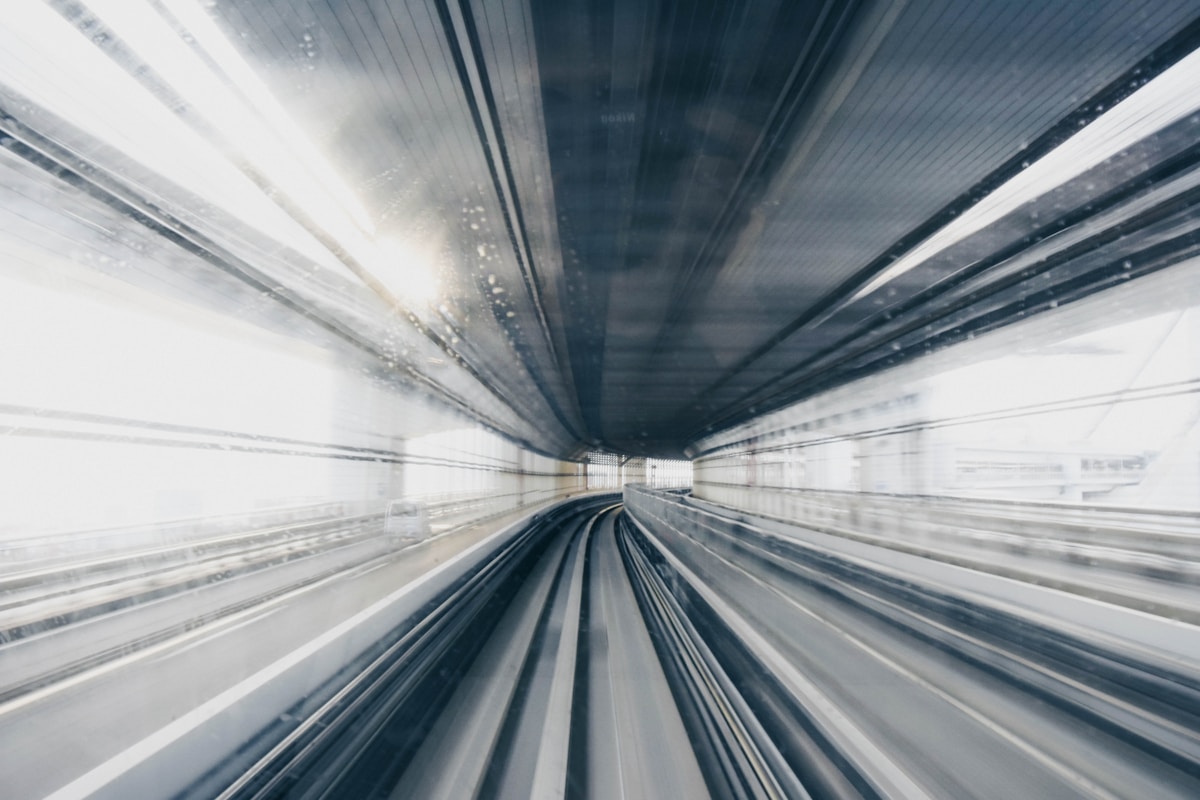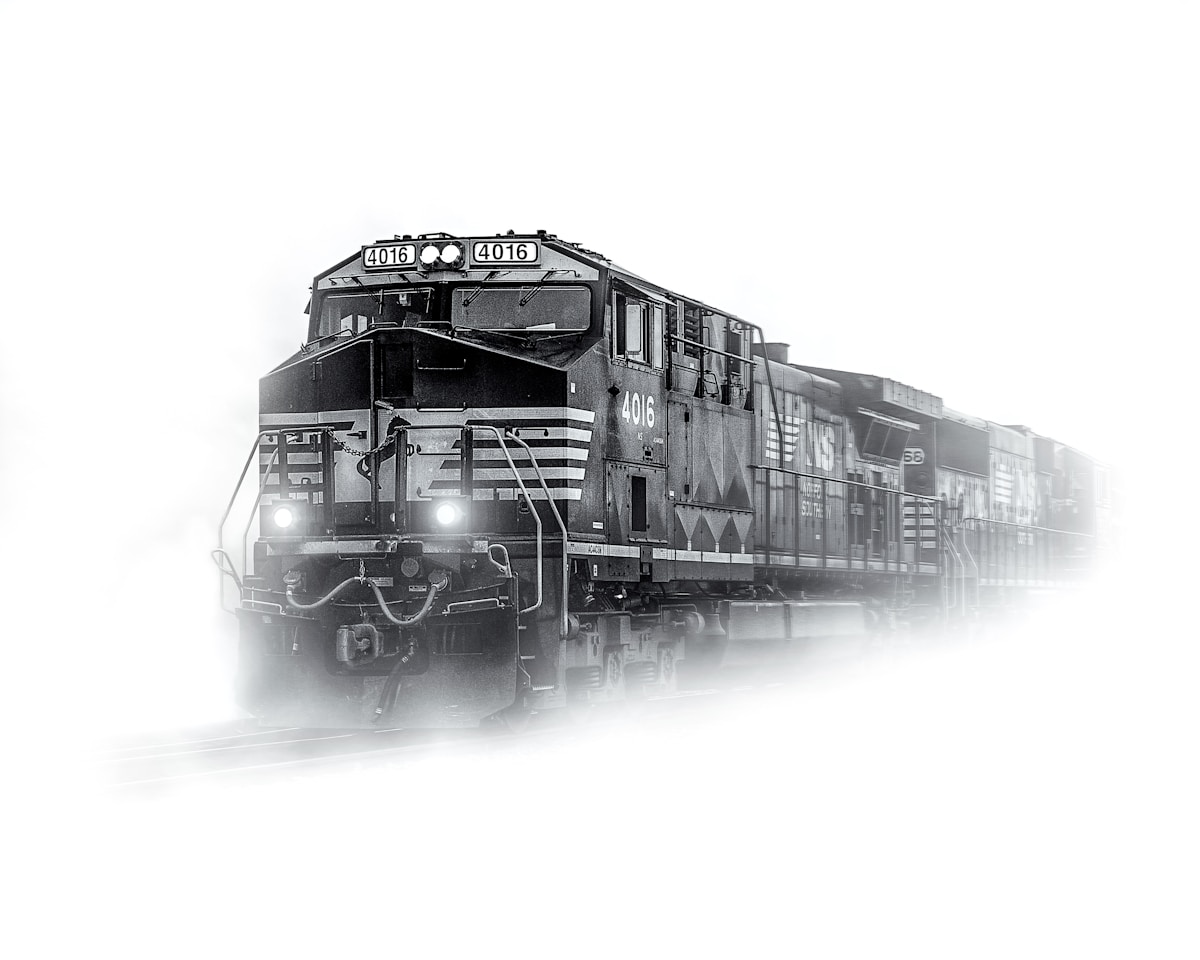Hydrogen Powered Trains

Trains are a fast and efficient way to travel, whether one is going on a luxury vacation, commuting to work, or anything in between. Although an integral way of transportation that has progressed greatly over time, global train technology is rapidly advancing, with the potential to drastically change the entire transportation industry.
Currently, the main advantage of more advanced train technologies is that they are generally better for the climate. In the UK, about 42% of the route miles are electrified, and there is even a line from London to Hampshire operating fully on solar power. Such train routes contribute greatly to the decarbonisation of transportation. However, one drawback of making more route miles electric is the high cost; as International Railway Journal reports, electrifying one kilometer costs from £750,000 to £1 million.
One potential solution is the advent of hydrogen powered trains, more generally known as hydrail, such as Coradia iLint in Germany or Hydroflex in the UK. Since hydrail trains don't require electrifying tracks, they are significantly less expensive to implement. In addition, hydrail trains are more climate conscientious and safer alternatives to diesel powered trains, and one tank of hydrogen can match the distance of one tank of diesel. Moreover, hydrail trains are quieter and have less vibrations than their diesel counterparts.
There are, of course, obstacles associated with hydraulic trains: trains lack the space to store the large volume of hydrogen required. Furthermore, the production of hydrogen currently relies heavily on the usage of fossil fuels, but researchers are investigating production through renewable energy sources, such as electrolysis.

It is possible to convert electric trains to hydrail, and furthermore, hydrail trains can run on normal track or electric track. Also known as bi-mode, this trait makes hydrail trains very suitable to run during the transition period of electrifying tracks. In addition, electric or diesel trains can be retrofitted and converted to hydrail.
Furthermore, while hydrail already looks to have very promising prospects in Europe, if freight trains, the main type of train in the US, were able to be retrofitted, there would be a hydrail market in the US as well.
Despite not being at the forefront of train technology, the US is steadily advancing its train technology as well. In 2018, new Federal Railroad Administration (FRA) regulations cleared the way for lighter, more modern trains.

This allowed US rail companies to utilize more advanced trains built from lighter materials, improving safety and efficiency. Unlike older models, these new trains are able to run on existing train tracks, meaning a steady transition from outdated trains can be achieved.
Considering even more futuristic train technology, Hyperloop, a system of transportation involving low pressure tubing, can potentially transport passengers at 700 miles per hour. These speeds can be realized due to the reduction of friction from air, or rails, that today’s trains face due to the innovative, low pressure tubes filled with less air andtrackless routes.

The development of a Hyperloop system could be revolutionary in our day to day travel, and people could travel across the country for their morning commute. A version of Hyperloop running from Los Angeles to San Francisco was proposed by Elon Musk in 2018.
While such technology may seem far away in the future, it isn’t actually as distant as most think, as early models could be available within the next few years. Hyperloop has much potential, as the main cost is the infrastructure of the tubes. This means that once the infrastructure is developed, transportation could be provided at decidedly low costs.
With these new train technologies, the global market for transportation could see a major shift soon. Trains are quickly becoming faster, more efficient, and more environmentally friendly. In the near future, we may see an exceedingly different transportation system all over the world.
